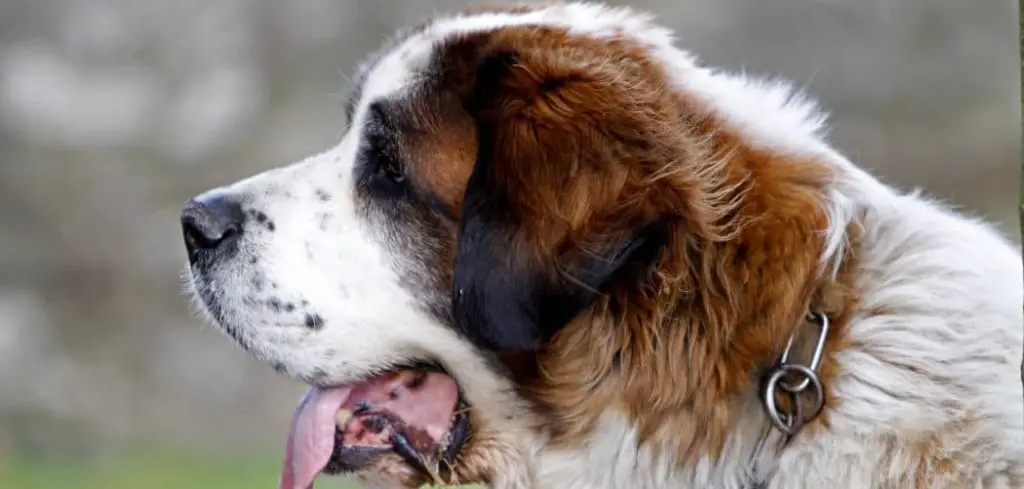It’s normal for dogs to drool a little or lick occasionally—but when drooling and licking become excessive, they may signal discomfort, stress, or a medical condition. These two behaviors often go hand-in-hand, and understanding why is the first step to helping your dog feel better.
We outline the common causes of dog drooling and licking excessively, what you can do at home, and when to seek veterinary help.
Dog Drooling and Licking Excessively — Why It Happens
Excessive drooling and licking in dogs can be linked to nausea, dental disease, oral irritation, anxiety, or ingestion of something toxic. These behaviors can be self-soothing, reflexive, or protective—depending on the cause. The key is to notice when they happen and whether they’re paired with other symptoms.

Common Causes of Dog Drooling and Licking Excessively
Nausea or Gastrointestinal Upset
Nausea can cause dogs to salivate more and lick excessively—often their lips, the floor, or the air.
Other signs include loss of appetite, grass eating, and vomiting.
Nausea can stem from dietary changes, toxin exposure, or chronic conditions like pancreatitis.
Dental or Oral Disease
Dogs with dental pain may drool excessively and lick in an effort to relieve discomfort.
Look for signs like bad breath, gum swelling, loose teeth, or bloody saliva.
Professional dental care is often needed to treat the root cause.
Related: Dog drooling and licking excessively (Here’s why)
Ingesting a Foreign Object or Toxin
If a dog eats something irritating or toxic—like a chemical, plant, or non-food item—it can cause drooling and licking.
Your dog might gag, paw at the mouth, or appear restless.
Immediate veterinary attention is crucial in these cases to prevent serious harm.
Anxiety or Stress
Stress can trigger repetitive behaviors like licking and drooling, particularly during loud noises, vet visits, or separation.
You may notice pacing, panting, hiding, or trembling along with the behavior.
Managing anxiety through calming techniques, routines, or behavior therapy can help.
Mouth Injury or Irritation
Cuts, burns, or objects stuck in the mouth can lead to excessive salivation and licking.
Dogs may resist having their mouths examined or favor one side when eating.
A vet should evaluate any suspected oral injury.
Heatstroke or Overheating
Excessive drooling and licking can also be signs your dog is too hot.
Panting, red gums, and lethargy often accompany these behaviors.
Move your dog to a cool area immediately and contact your vet if symptoms don’t improve.
What to Do If Your Dog Is Drooling and Licking Excessively
Observe the timing and triggers—does it happen after meals, during rest, or after outdoor activity?
Check your dog’s mouth for signs of swelling, bleeding, or trapped objects. Don’t force the mouth open if your dog resists.
Offer clean water, and remove access to any new plants, food, or cleaning agents that could have been ingested.
Create a calm space if you suspect anxiety is contributing. Avoid punishing the behavior, as it may worsen stress.
Document the behavior with photos or video to share with your vet if needed.
When to Call or Visit Your Vet
Reach out to your vet promptly if your dog:
Has persistent or sudden excessive drooling and licking
Shows signs of nausea, vomiting, or loss of appetite
Has difficulty eating, chewing, or swallowing
Exhibits anxiety, confusion, or unusual behavior
May have eaten something toxic or harmful
Your vet can perform oral exams, blood tests, or imaging to identify the underlying cause and begin treatment.
Related Blogs
Read more: Dog Licking Lips Excessively (Subtle signs can signal bigger issues)
Read more: Dog Licking Excessively (This common behavior has many causes)
Key Takeaway
Excessive drooling and licking aren’t just annoying—they can signal pain, illness, or distress in your dog.
By watching for patterns and getting prompt veterinary care when needed, you can address the root cause and help your dog feel more comfortable and at ease.
